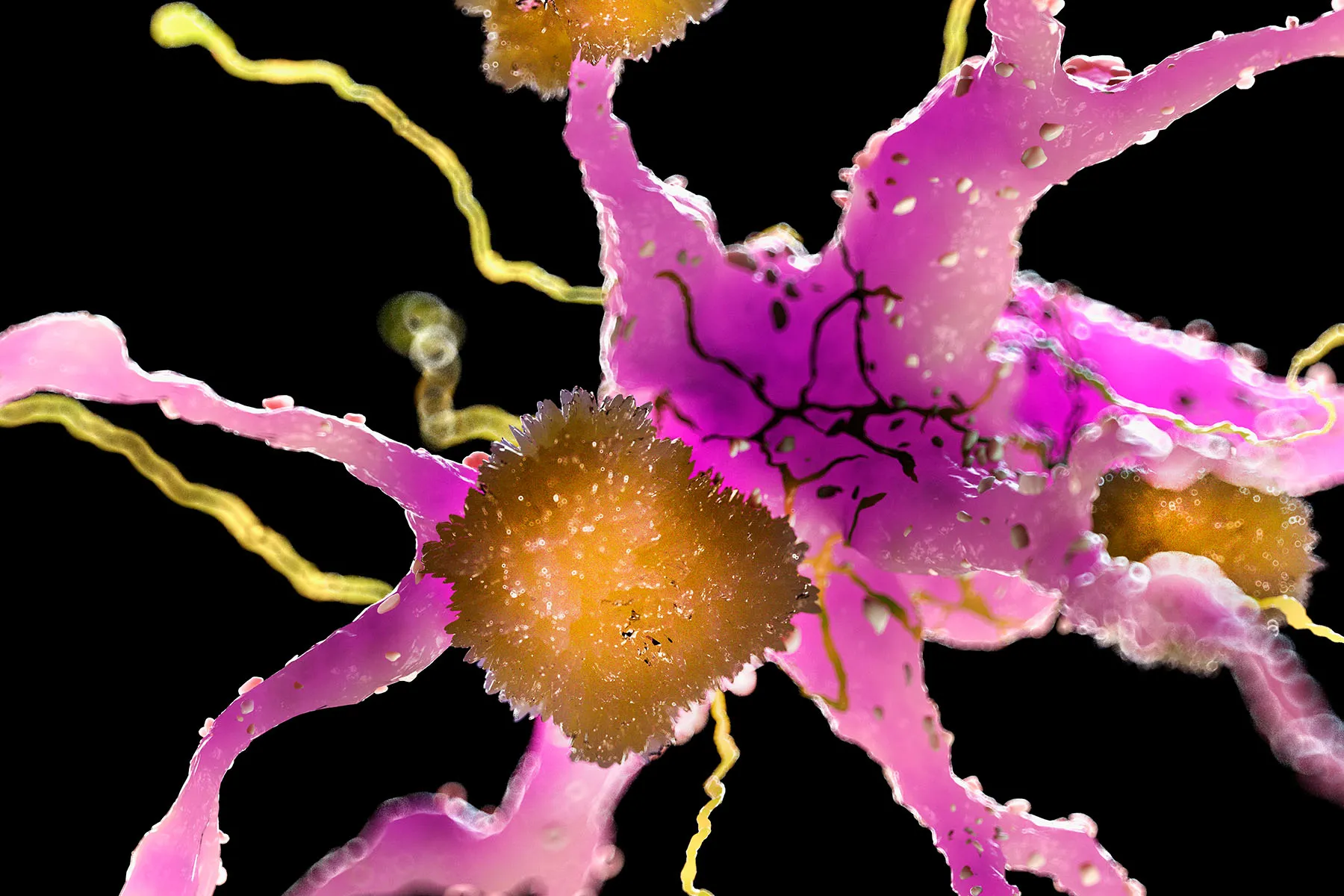Researchers Suggest Cryptography Can Protect Genetic Privacy Without Hampering Law Enforcement
A team of researchers have devised away to compare DNA evidence collected for a criminal investigation while also ensuring the privacy of suspects whose information is often retained indefinitely, regardless of involvement or guilt.
Researchers at Stanford Medicine, the University of Virginia and the Broad Institute have devised advanced cryptographic techniques to search for DNA matches related to crimes while maintaining the genetic privacy of the suspect, warning that the common practice of collecting DNA as part of criminal investigations leads to the de facto genetic profiling of many thousands of innocent Americans and potentially significant civil rights infringements, reports the Stanford Medicine News Center. Some criminal databases retain DNA profiles found at the crime scene or collected from suspects even if they are eventually not linked to any crime. In some states, genetic samples are also collected and stored from people who have been arrested but not necessarily convicted, for certain types of crime. Through the cryptographic techniques developed by these researchers, after the DNA comparison is completed, checked DNA profiles that don’t match any in the database can be immediately discarded.
Currently there are two ways to search for a match between an individual’s DNA profile and the contents of a large DNA database: share the sample of interest (designated in this case as a series of numbers) directly with the database or download the entire database onto the instrument. If the profile is shared with the database, it could be retained even if the person is innocent. But repeatedly downloading a large database of sensitive genetic information also isn’t ideal due to security concerns. The researchers have written a short piece of software code that can be installed on the database computers as well as on the instrument. The code allows the two sides to “talk” to one another and conduct the comparison indirectly as a series of “if this, then that” instructions. Because other, similar criminal justice DNA databases are in use in many other countries, the implementation of the team’s algorithm could have sweeping implications.

 Landwebs
Landwebs 























